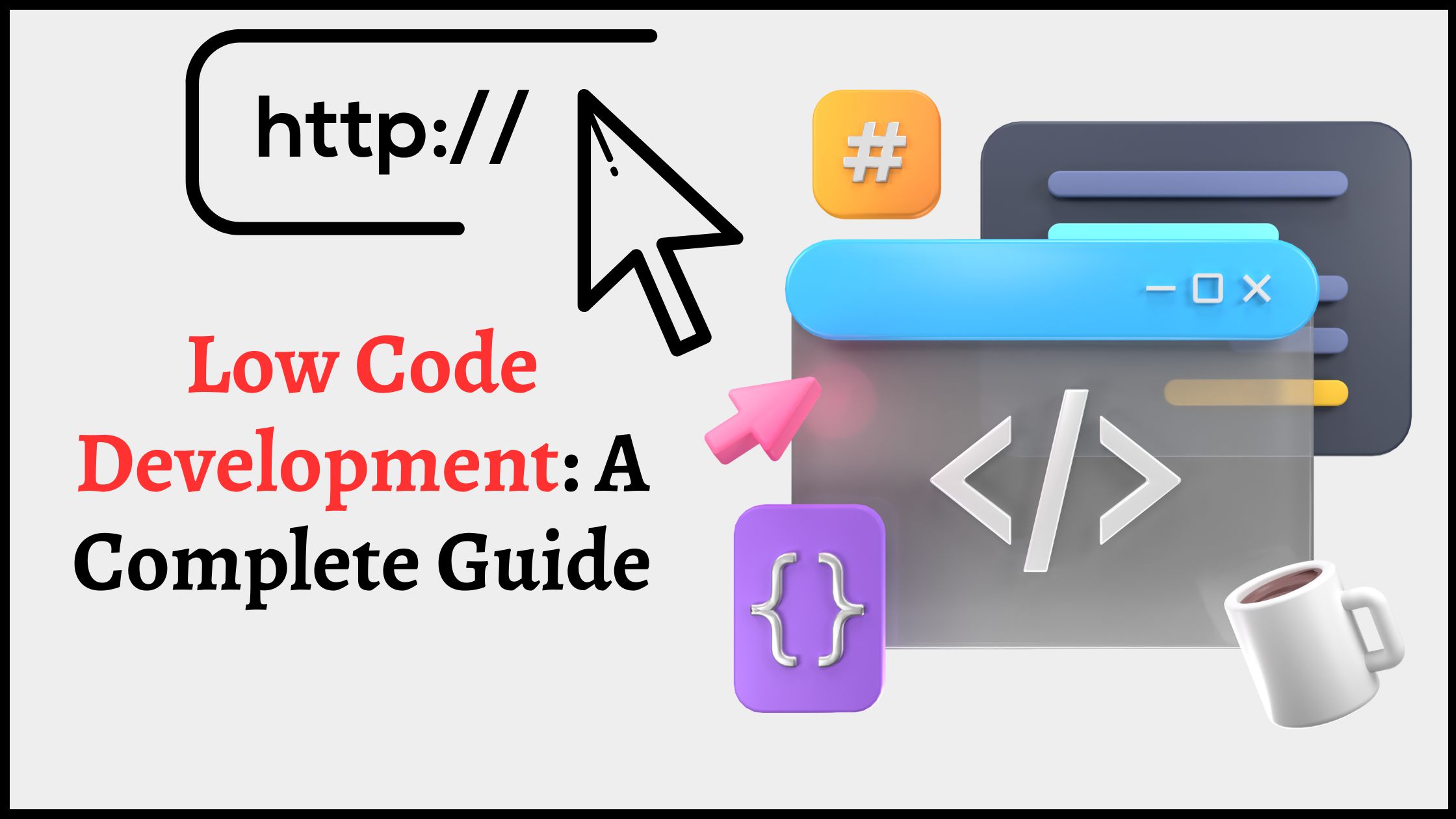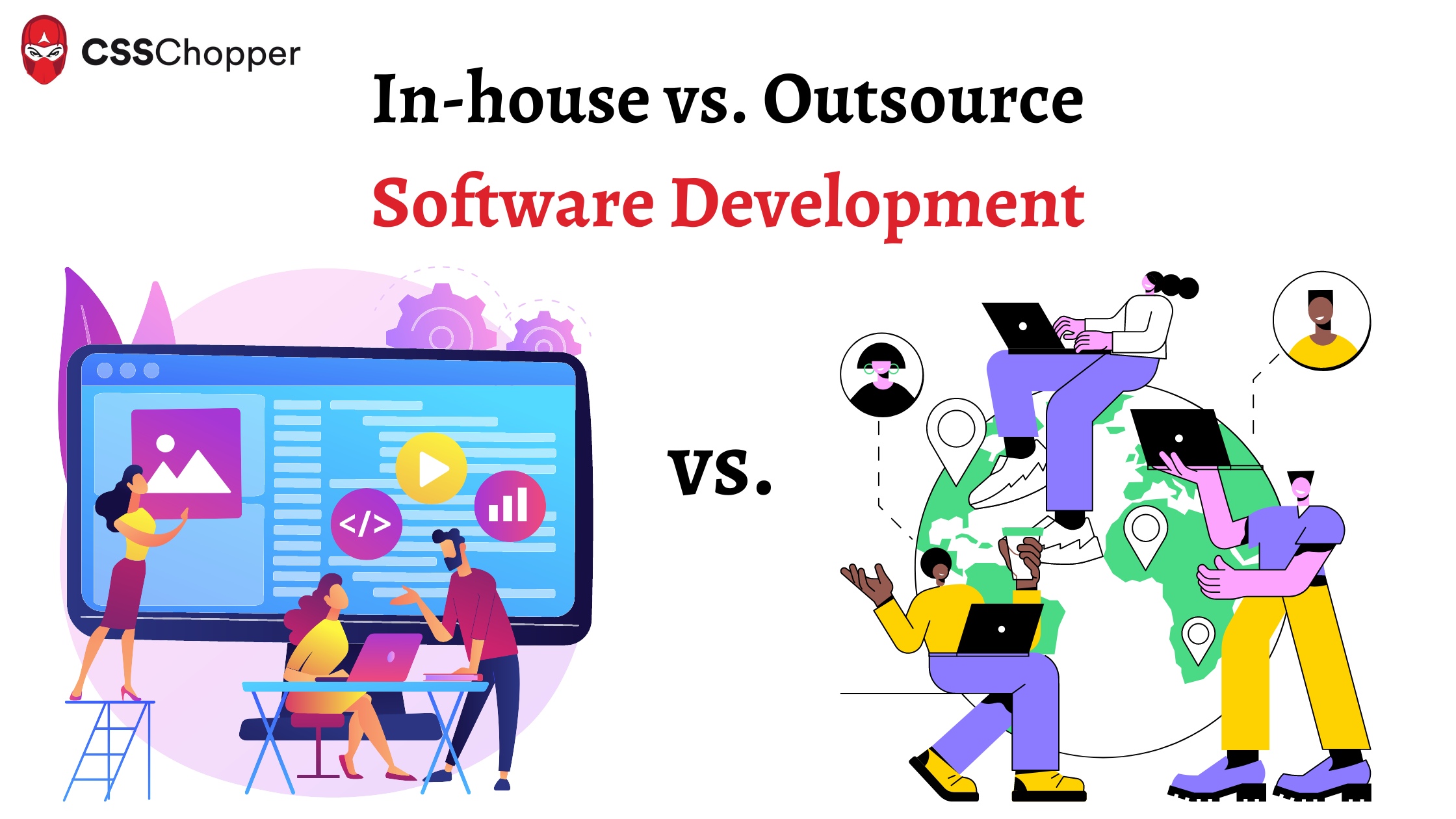
Nowadays, over the World Wide Web, a new website comes into existence every hour. This rapid growth in the field of web development left web developers in an inescapable situation. These days, most web programmers are opting for Cascading Style Sheets as a tool for designing highly efficient and well-structured web pages of a site. Relying upon the CSS framework is a really good decision as it delivers high-quality outputs by consuming less time. In fact, CSS mechanisms are considered an ideal option to streamline the whole process of web development.
Below, five well-implemented CSS solutions are discussed. Check out these interesting CSS tools in order to get well-semantic web pages:
WUFOO
Wufoo is another important tool that holds a strong position in the process of web development. We all know that designing accessible and balanced forms is considered quite a challenging step in the entire process of designing web pages for a site. No more. Thanks to Wufoo. This one-of-its-kind tool automates the overall designing process by simply providing a web-based HTML form builder, which can be most commonly used for creating highly professional and appealing XHTML as well as CSS-based forms.
BLUEPRINT
Blueprint is the first CSS tool used in web development. In the mark-up language Cascading Style Sheet (CSS) framework – the Blueprint plays a very significant role. It is most commonly used to automate various tasks a web developer needs to perform for every new project on a regular basis, such as configuration of CSS styles in order to remove cross-browser discrepancies, defining print-specific styles, and last but not least, devising the right approach for creating grid-based layout of web page.
The most noteworthy part about Blueprint is that its capabilities are extensible via plug-ins which means a web developer can use plugin named Silksprite in order to integrate most popular icon Silk or already built-in Fancy type plugin for intensify font and layout capabilities.
The Blueprint characteristic of CSS is highly popular for its layout strategy, which means defining a layout of 960 pixels in size into 24 broken distinct columns. A web programmer has to define a DIV containing a class name span-5 into five distinct columns, each 40 pixels, in order to determine a particular column of 200 pixels. In other words, a 960-pixel layout needs to be broken into three different columns.
<div class=”span-5″></div>
<div class=”span-16″></div>
<div class=”span-3″></div>
CSSTIDY
CSS Tidy is an interesting approach which mainly claims for regular compression ratio of around 30 percent or more thanks to syntactic cleanup and whitespace removal.
There are various declarative languages through which a web developer can construct error-free, valid CSS syntax. Let’s take the example of the two declarations mentioned below. Both declarations are identical in nature.
#header { margin: 1px 1px 1px 1px; }
#header { margin: 1px; }
These types of flexibilities mainly result in inefficiencies and notably unnecessary code bloat, which ultimately results in extra consumption of bandwidth and deadline pressure. Don’t worry. With the emergence of advanced CSS Tidy, a web developer need not be scared of such problems. By using this fantabulous tool, a web coder can easily optimize CSS code by simply converting a former declaration into a latter. In addition to that, it can even capable to remove the last semicolon present in each declarative block (a common syntactical oversight).
CSS CLEAN
Clean CSS is one of the highly appreciated online tools well used for searching CSS selectors, mostly in giant-size CSS-based files. With the help of this advanced technique, a web developer can enhance the navigation by simply sorting the properties of the selector alphabetically. Since sorting and maintaining the properties of CSS selectors manually is not an easy task, Clean CSS is used for it. In addition to that, a web programmer can even use Clean CSS for the purpose of sorting selectors, but a web developer should never forget that selector ordering through Clean CSS is problematic as it can change the intended behavior. Therefore, a web coder should practice the same as its elements, which are subject to affect.
CSS Inliner
There are distinct e-mail clients who mainly strip out external style sheets. This is because they used to prefer code CSS inline. What is inline coding about? Well, inline coding is used to manage the CSS but externally. Before sending an HTML email, CSS-Inline converts CSS code for inline use. However, MailChimp, a well-known mailing list manager, released the Automatic CSS Inliner Tool, an advanced tool mainly used to automate inline conversation processes. A web developer is required to paste his HTML code into a web-based interface for the same, and the rest of the work will be taken care of by smart MailChimp’s tool – Automatic CSS Inliner.
Posted By: CSSChopper Team
Tags
Categories
Recent Posts
Popular Posts
- How to Choose a Reliable Offshore Development Partner?
- Transforming Web Development with HTMX’s Declarative Approach for Dynamic UIs
- Why Your Conversion Funnel Needs a Composable Commerce Solution?
- How to Outsource Web Development in 2025: Complete Guide
- What are the Top Web Development Trends for 2025?



